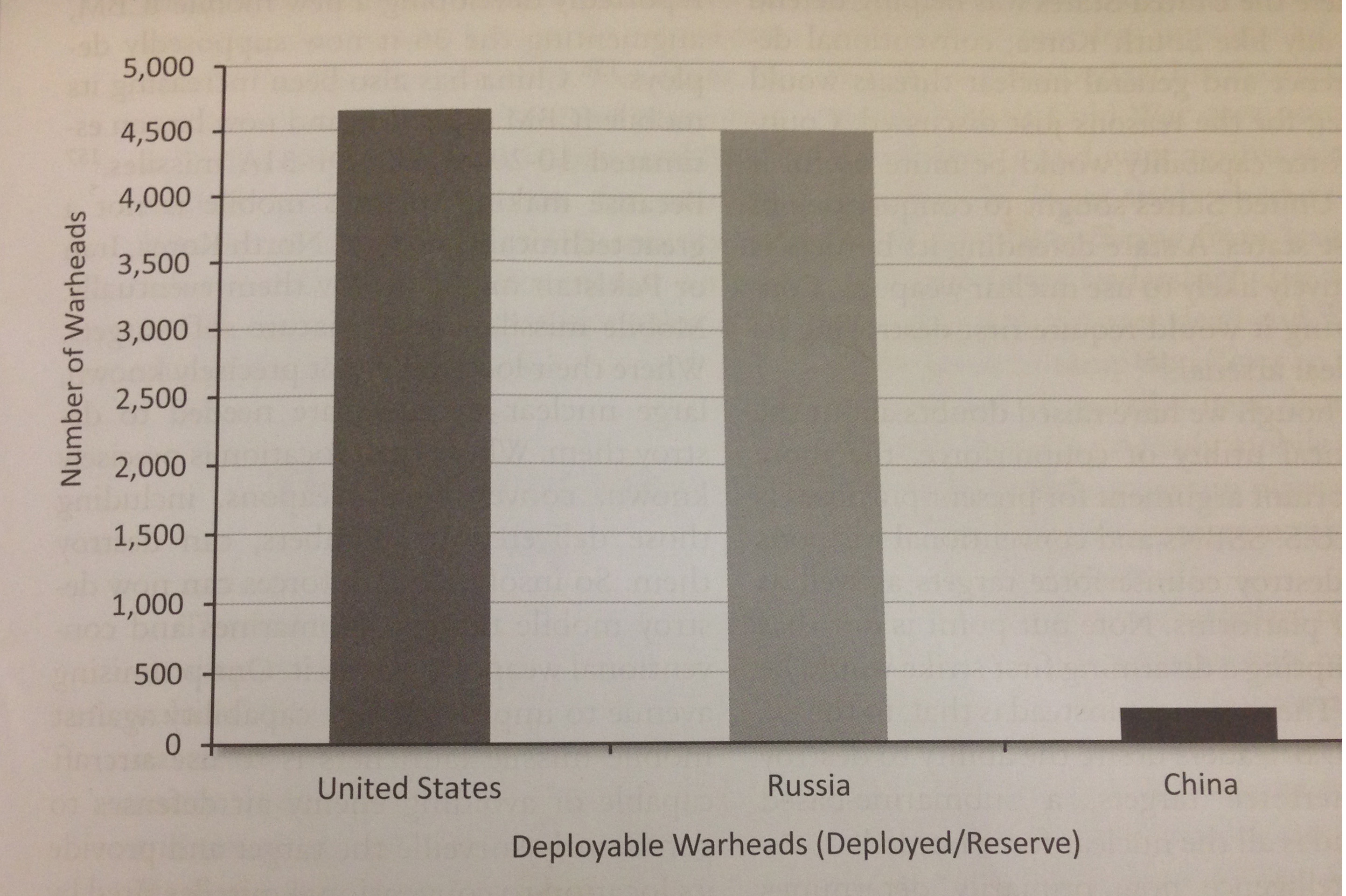
The pace of Russia and China’s improvement of their second-strike capability suggests that neither state worries deeply about U.S. first-strike capability. China only has 40 mobile ICBMs capable of reaching the U.S. Russia’s capability has declined to the extent that studies suggest that the U.S has regained a first-strike capability to disarm Russia, the CATO report said. Source: “The end of overkill? Reassessing U.S. Nuclear Weapons Policy” report by Benjamin Friedman, Chirstopher Preble and Matt Fay
WASHINGTON — A smaller U.S. nuclear arsenal focused on submarine capability would save up to $20 billion annually and simultaneously maintain America’s deterrence capacity, said defense researchers at the CATO Institute Wednesday.
A triad of systems—bombers, land-based intercontinental ballistic missiles and submarine-launched ballistic missiles—for nuclear missiles delivery was required to counter the Soviet threat in the 1960s, said Benjamin Friedman, defense and homeland security studies fellow at the libertarian-leaning institute.
“It was a delicate balance of power… but it’s not that delicate anymore,” said Friedman, explaining that no U.S. adversary now is analogous to what the Soviet Union was then. Today, nuclear weapons are essentially irrelevant in actual U.S wars against weak states and non-state groups, he said.
Air Force and Navy leaders see nuclear missiles as a drain on military resources that could be better focused on countering current threats, according to a research report by Friedman and two other Cato researchers.
Although the researchers mainly argued the economic benefits of downsizing, Friedman said a reduction in the U.S. nuclear arsenal might cause other countries to follow suit.
“We do think that our arsenal, like other countries’ nuclear arsenal, drives proliferation to some extent. ” Friedman said.
But retired Air Force Col. David Tretler said in an interview that having the sort of nuclear weapons capability America now maintains the threat of mutually assured destruction—that if one party uses the weapons and other retaliates, both would be decisively destroyed—so since neither party wants that, they maintain status quo.
“My judgment would be that nuclear weapons actually are stabilizing not destabilizing,” he said. “When you cut off legs of the triad, you find the targeting problem for the other guy easier.”
As of 2013, the total inventory of American nuclear warheads is 7,700 out of the 17,325 total nuclear warheads in the world, according to data published by The Center for Arms Control and Non-Proliferation. The Cato report mentioned a Stimson Center estimate that the defense department spends $31 billion on nuclear forces, costs that would range between $352-392 billion over the next decade, the report said.
Elbridge Colby, a strategic deterrence expert speaking as part of the Cato event Wednesday, said reducing the U.S. arsenal could have wide ramifications for the global power balance, with America’s enemies viewing the country as weak and ripe for aggressive action.
“If you seek to prevent war, prepare for it,” he said, disagreeing with the Cat researchers’ recommendations.
He argued that the cost of downsizing might prove to be more than the savings.
The rise of China and the development of advanced military technology are cause for worry, Colby said. “I worry about the delicacy and fragility of the current situation,” he said.
He called the present U.S. nuclear arsenal an “effective” insurance policy.
Matt Fey, a Ph.D. student at Temple University who worked on the research paper, disputed Colby, saying that a submarine-based missile system would be sufficient for deterrence based on comparative capabilities of countries such as China, which have not developed their capability with the speed that had been expected.
“Today, neither China nor Russia seems greatly concerned by U.S. counterforce capabilities.”





